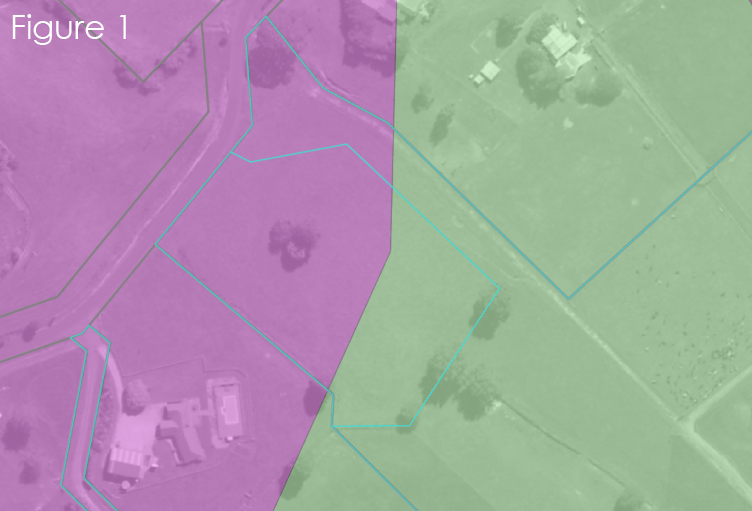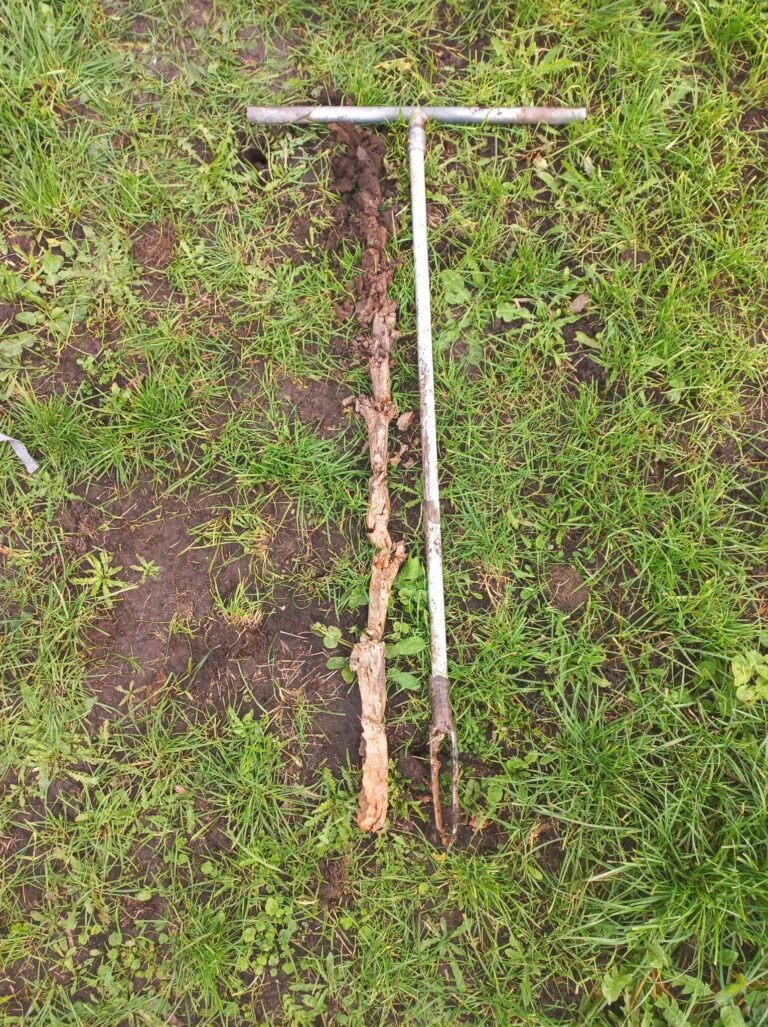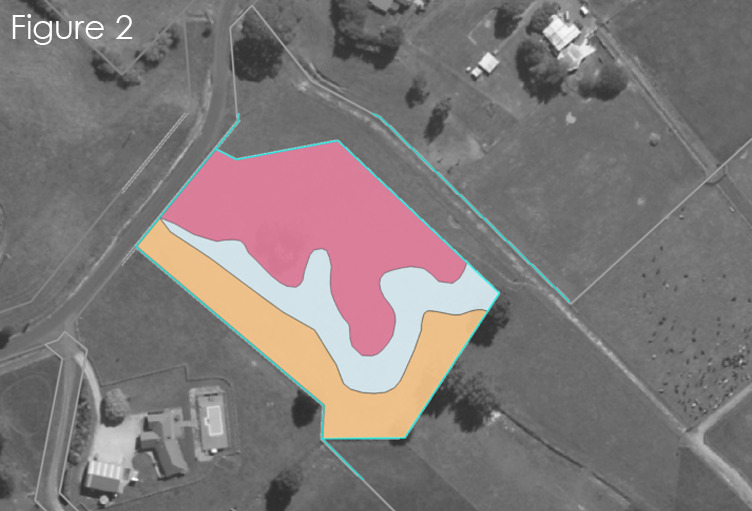Land Use Capability (LUC) Classification Investigations
Increasing competition and pressures on physical resources has resulted in the need for appropriate management of these resources, including soil. The purpose is to protect high-class soils for sustainable use. Management of soils is critical to both the economic growth of New Zealand and the continued capacity for soils not only for the provision of food, but also wastewater processing, contributing to healthy waterways and to allow efficient cropping, horticulture and agriculture for fuels and other uses. Because of this, the Government has released the National Policy Statement for Highly Productive Land (NPS-HPL) to take steps towards protecting rural soils as a resource.
Land Use Capability (LUC) ranks soils from 1-8, separating higher versatility soils from the less versatile, focusing on agricultural production. District Plans may contain a definition of high-class or high-quality soil that influences subdivision/development potential and design.
Cheal has a team of soil scientists (Pedologists) who can undertake Land Use Capability (LUC) classification investigations which include a thorough desktop analysis, followed by an on-site field analysis and sampling as required. Maps are then drafted of the development area to determine the distribution of high-class soils over the site. Our LUC reports are peer reviewed to ensure quality and can be included in a resource consent application. Our team of experts keep abreast of changes to requirements regarding district plan subdivision and land development requirements and can advise and help manage the potential of your land.
National Policy Statement for Highly Productive Land (NPS-HPL)
National Policy Statements outline Central Government requirements with the expectation that Local and Regional Authorities/Councils execute associated policy regulations.
The NPS-HPL came into effect on 17 October 2022 and must be considered by councils when deciding on a resource consent application. Its objective is to protect highly productive land for use in land-based primary production, both now and for future generations. The NPS may result in changes to district plan subdivision and land development rules, decreasing interference from non-rural based activities and ensuring the protection of Class 1-3 soils.
Serviceability
Publicly available data does not always provide site specific accurate soil classifications. A site-specific investigation, however, will provide an accurate and appropriately scaled soil map supported by a technical report to accurately determine the LUC classification of your site. The difference between publicly available information and a site-specific investigation is shown in Figures 1 and 2.
Contact:
Hannah Julian
P: 07 848 4564 | E: hannahj@cheal.co.nz
50 Church Road, Hamilton 3200






